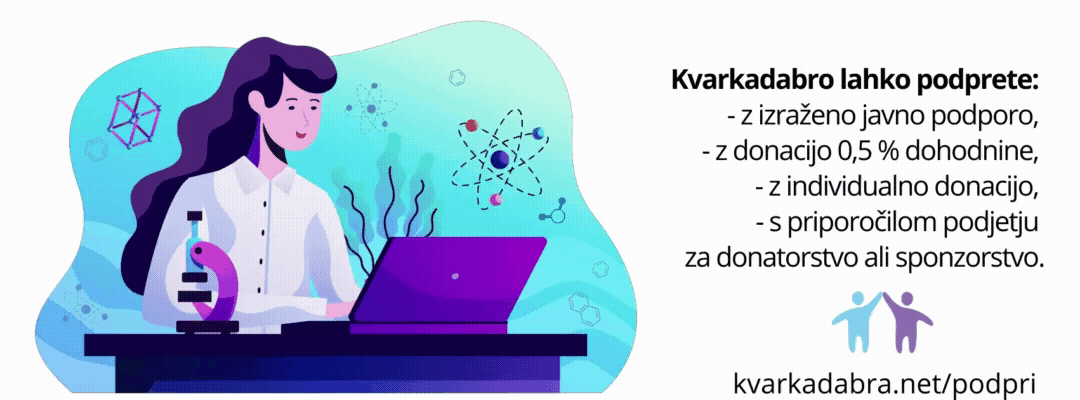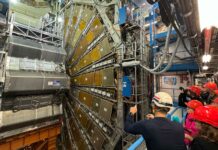What is happening at the site right now?On any given day, 2,500-3,000 workers are on site. Many are cleaning up radioactive debris scattered by the explosions. Others are installing and operating systems to decontaminate radioactive water. Still others are erecting a shroud over the Unit 1 reactor, to prevent further contamination from the meltdown spreading to the environment. Similar covers may follow at Units 2 and 3, which also melted down
Are the reactors stable?Not entirely, but they are much more stable than they were six months ago. After the earthquake, the three reactors operating at the time shut down, but their uranium fuel continued to decay and release heat. The systems that keep the fuel cool in an emergency stopped working, and in the first hours after the accident the fuel became so hot that it probably melted. The melting is thought to have created a mess at the bottom of the reactors and released hydrogen gas that eventually ignited, causing explosions.
In late March, the temperature inside the Unit 1 reactor exceeded 400 °C. It has now fallen to around 90 °C, and temperatures in Units 2 and 3 are also hovering around 100 °C. The cooling water injected into the reactor cores is being heated to boiling point, so workers must continually replenish it.
Eventually — perhaps by the end of this year — the reactor cores will drop well below 100 °C and will no longer require active cooling. Only then will the reactors be considered stabilized.
What about the radiation outside the core?Radioactive debris scattered by the explosions is the biggest hazard for workers at the plant. In some areas, the radioactive junk is hot enough to kill anyone close to it within minutes, and remote-controlled vehicles must be used to clean it up. Furthermore, radioactive water is continuing to leak from the plant. A system has been set up to decontaminate the water and inject it back into the reactor cores for cooling.
Radioactive contamination, mainly in the form of caesium-137, has spread beyond the plant and will have to be cleaned up by local authorities. Some have already begun the work .
What will the social impact of the crisis be?It might be too early to say. New data suggest that there will have to be a permanent exclusion zone near the plant, just like that around the Chernobyl Nuclear Power Plant in Ukraine, where there was a nuclear accident in 1986) Political consequences are still unfolding; at the end of August, Japanese Prime Minister Naoto Kan resigned, owing in large part to critcism of the government’s handling of the nuclear crisis.
What happens now?In the short term, workers will continue to cool the reactors and clean up as much contamination as possible. But in the longer term they will have to actually remove the uranium from the reactor cores and transport it away from the coast, where it poses a major environmental and health risk.
This will create an unprecedented challenge. The radioactive fuel inside the reactors is believed to have melted down completely, and some or all of it has probably leaked from the stainless-steel pressure vessel in which it was housed into the concrete enclosure below the reactor. The radiation will remain powerful enough to kill for decades to come, so workers will have to find a way to clean up and remove the fuel remotely.
Given the current levels of radiation near the reactors, it may be years before workers are even able to take a first look at what has happened inside.








Kadar govorimo o posledicah, je dobro to primerjati s čim drugim. Spodnja slika je bila izdelana od Gesellschaft für Strahlenschutz in prikazuje hitrost doze sevanja Cs-137 v okolici Fukušime pred par meseci in na Bavarskem po Černobilski nesreči.
http://www-f9.ijs.si/~marko/fukushima.jpg
Vrednosti so primerljive, čeprav gre v enem primeru za ~30km drugič pa za ~1500km.
Original je bil pokazan tukaj
http://www.tagesschau.de/multimedia/video/ondemand100_id-video884900.html
Marko dobro si opazil da da gre na priloženi sliki za drugačno območje (30 km vs. 1500 km), ravno tako pa gre za drugo oddaljenost od mesta nesreče (0km vs 1500 km).
Glede izpustov: doze ki smo jih v Sloveniji prejeli zaradi Černobila (~2000 km oddaljen) so ekvivalentne dozam, ki so jih prejeli ljudje 100 km oddaljeni od Fukushime.